Weekend in Bologna
Part 2
I got up relatively early on Saturday morning and went out to explore. My first stop was Bologna’s “Little Venice,” which turned out to be a disappointment. There is a very small canal, two blocks long, and a famous window that tourists line up to look through for a photograph. Having spent more than a month in the real Venice (more posts I need to write someday), I was underwhelmed, like the graffiti on the right. Bologna has a lot of really interesting graffiti that you will see more of later.
Nearby is a very well-known cheese shop featuring local DOP Parmigiano Reggiano. I’m sure that some readers know what DOP means, and those who do can feel free to skip ahead. It stands for Denominazione d’Origine Protetta, or “ classification of protected origin.” In France, the same thing is called AOC, Appellation d’Origine Côntroleé. It means in short that the product is the real deal, the original: made with traditional ingredients and in the traditional way. There are a LOT of imitations of Parmigiano Reggiano, one of the world’s more famous cheeses - most of the imitations are called parmesan. All of them are inferior in flavor and texture to the real thing, the original DOP Parmigiano Reggiano, which is always described using that name (never “parmesan”).
In order to be certified as DOP, Parmigiano Reggiano has to follow very specific rules. First, everything from milking to cheese production to initial aging (minimum 12 months) has to take place in a very specific region of Emilia Romagna centered around the city of Parma. The cows can eat only hay and grass from the same area. Parmigiano Reggiano is a raw milk cheese (never pasteurized), and has only three ingredients: skimmed cow’s milk, salt, and rennet. It must be aged for a minimum of 12 months on wooden shelves, evaluated by an expert before it can be sent to market, and so on. In the photo below of the cheese shop, you can see the distinctive exterior decoration (dots and the DOP) of real Parmigiano Reggiano.
Italy has hundreds of DOP products: Mortadellas from Bologna and other regions, balsamic vinegar of Modena, prosciutto di parma, and so on. There are olive oils that are DOP, fruits and vegetables (like San Marzano tomatoes), and dozens of meats and cheeses.
Opening the door to the cheese shop and stepping inside, I was enveloped in the rich and fragrant smell of the cheeses, huge wheels that weigh over 100 pounds each.
Like most large hard cheeses, you can purchase it at various ages: the minimum is 12 months old and the most common is 24 months. In the store they also sold 30, 36, and even 48 month. I really wanted to buy a piece of 36 month to try it, but the two customers in front of me were taking so long (there was only one man working behind the counter) that I gave up.
I explored the lovely Mercato di Mezzo, Bologna’s oldest market, stretching for several blocks along a narrow street near the city center. Here is a place where pictures are better than words.
I noticed that the store fronts all had a lower level in the back, a set of stairs going down to a storage space with coolers and tables for preparing the produce to look its best. You can see a glimpse of the downstairs in the photo below.
I noticed a similar thing in Rome: on some blocks, the stores (including my favorite kitchen store) and restaurants were actually below street level rather than on the ground floor, a very efficient use of space. Sometimes there are even windows in the sidewalk, made of the same glass brick that is in the window of my shower in Minnesota - the kind that lets light through, but doesn’t allow for clear definition.
I saw a fruit that I’ve never eaten before, so of course I had to buy some. They turned out to be jujubes, imported from southeast Asia and thriving for quite some time in Italy. They don’t taste like much: slightly sweet, slightly crunchy like an apple.
After the market, I walked to the southeastern corner of the hexagon where I had a lunch reservation at a small osteria. In Italy, there are three different words for what we would call a restaurant. An osteria was traditionally an inn or tavern where guests purchased drinks but brought their own food. It evolved to mean the simplest kind of restaurant: usually there are no printed menus but rather a few dishes to choose from based on what is in season and not expensive, with simple, no fuss table service. A trattoria is the next level up: there is a larger (and printed) menu and more choice, but it is still, at least traditionally, a comfortable, neighborhood restaurant. A ristorante is what we might call a fancy restaurant: a place where would might dress up and expect to pay higher prices for more refined food.
Today the hierarchy has slipped, and restaurants seem to pick whichever label they think sounds best. The Osteria Francescana in Modena, run by chef Massimo Battura, has three Michelin stars and is definitely not a humble or inexpensive option.
This osteria was true to its name: run by a couple in their 50s, the husband cooking, the wife setting tables, taking orders, and serving food. The menu of the day was written on plain brown paper tacked to one wall.
There were only six tables in the whole place, and all of them had been reserved. The hostess turned many people away, all those who had not thought to make a reservation. I had called two weeks before from Rome, and I felt smugly self-congratulatory. Even more interesting, the hostess personally knew the people at four of the six tables: they greeted each other, asked how are the children, and so on. I happily soaked up the atmosphere.
I chose balonzoni for my first course – another stuffed pasta from Bologna but much larger than tortellini. They had ground pork inside and were served with salted ricotta.
I regretted not getting the tagliatelle with fresh porcini, especially after the beautiful porcini I had seen earlier at the market.
For my second course, I ordered “sardines with vegetables.” I should have known: the vegetable (singular) turned out to be chicory: not bad, but not what I was hoping for. And the sardines were also quite salty…
The people next to me were eating crescentini: special Bolognese fried pillows of dough, served with mortadella and other meats and cheeses. I would have liked to try them, but the only was what they had ordered, an appetizer plate for two people.
After lunch, I returned to the city center for my appointment to climb 498 steps of the Asinelli tower. The shorter tower next to it (the Garisenda) leans even more than the Leaning Tower of Pisa and is apparently on the verge of collapse: since I was there in late September it has been cordoned off and the city plans to invest 20 million euros over ten years to shore it up.
The taller tower can be visited with a reservation for a 15 minute time slot. There is only one set of stairs, so traffic going up and down has to be coordinated by staff with walkie talkies every five stories or so. I loved the ancient wooden steps, worn by more than 900 years of footsteps.
And the views from the top were spectacular on a clear, sunny day.
On the way down, I was mistaken for an Italian – or I suppose more accurately, one of the stair monitors asked, “Sei italiana,?” or “Are you Italian?,” and I lied and said yes. He gave me the job of being the leader of our group on the way down, looking ahead and stopping at a landing when another group was coming up, and I was inordinately proud of the responsibility.
I headed back to my nearby apartment for an afternoon rest, spent taking notes and reading, then went out again for the aperitivo around 6. I went back to the bustling neighborhood I had found the evening before, chose a table, and ordered an Aperol spritz and a cheese platter.
The spritz was stronger than I make mine at home with half San Pelegrino by volume. And as for the platter… I should have known that it would be too much cheese. I couldn’t finish it, but I did discover two new delicious cheeses and tried a 36 month Parmigiano that was also delicious: even more nutty and flavorful than the 24 month that I have been buying in Rome. One of my discoveries was a local cheese made with a three milk blend: cow, goat, and sheep. It was my favorite.
I took a longish walk before dinner, but even then I was only hungry enough to eat one course. I chose the most famous dish from Bologna: tagliatelle with ragu. As I already reported in my Pasta 101 post, this is the authentic version of spaghetti bolognaise: made with fresh pasta (tagliatelle) and with a much simpler sauce that is almost entirely meat (pork and veal) and tomato sauce. It was very good.
I still like my inauthentic version of bolognaise sauce, but I’m going to have to come up with another name for it.
Up next: the third and last post from Bologna, including photos of the best meal I had all semester in Italy.



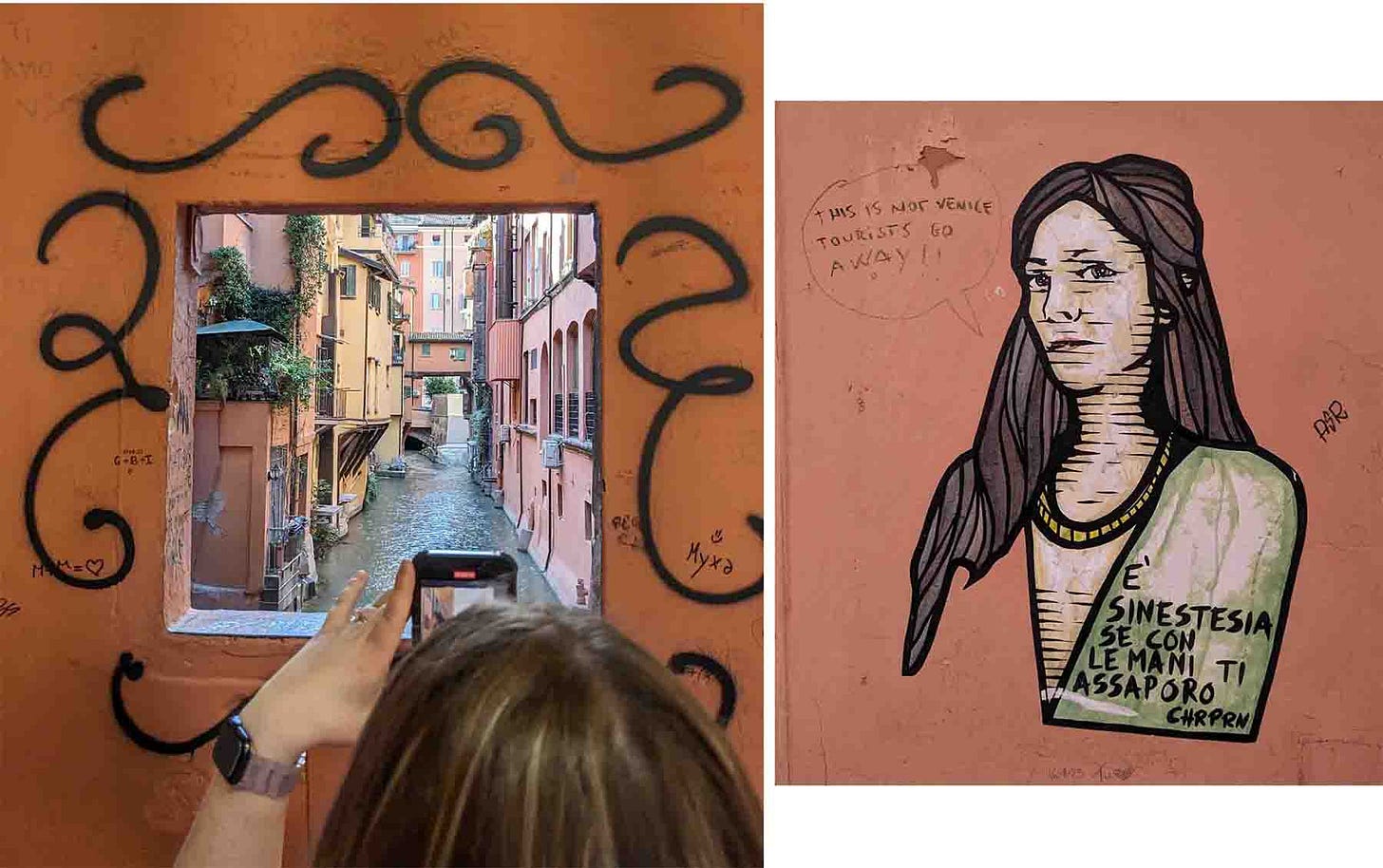
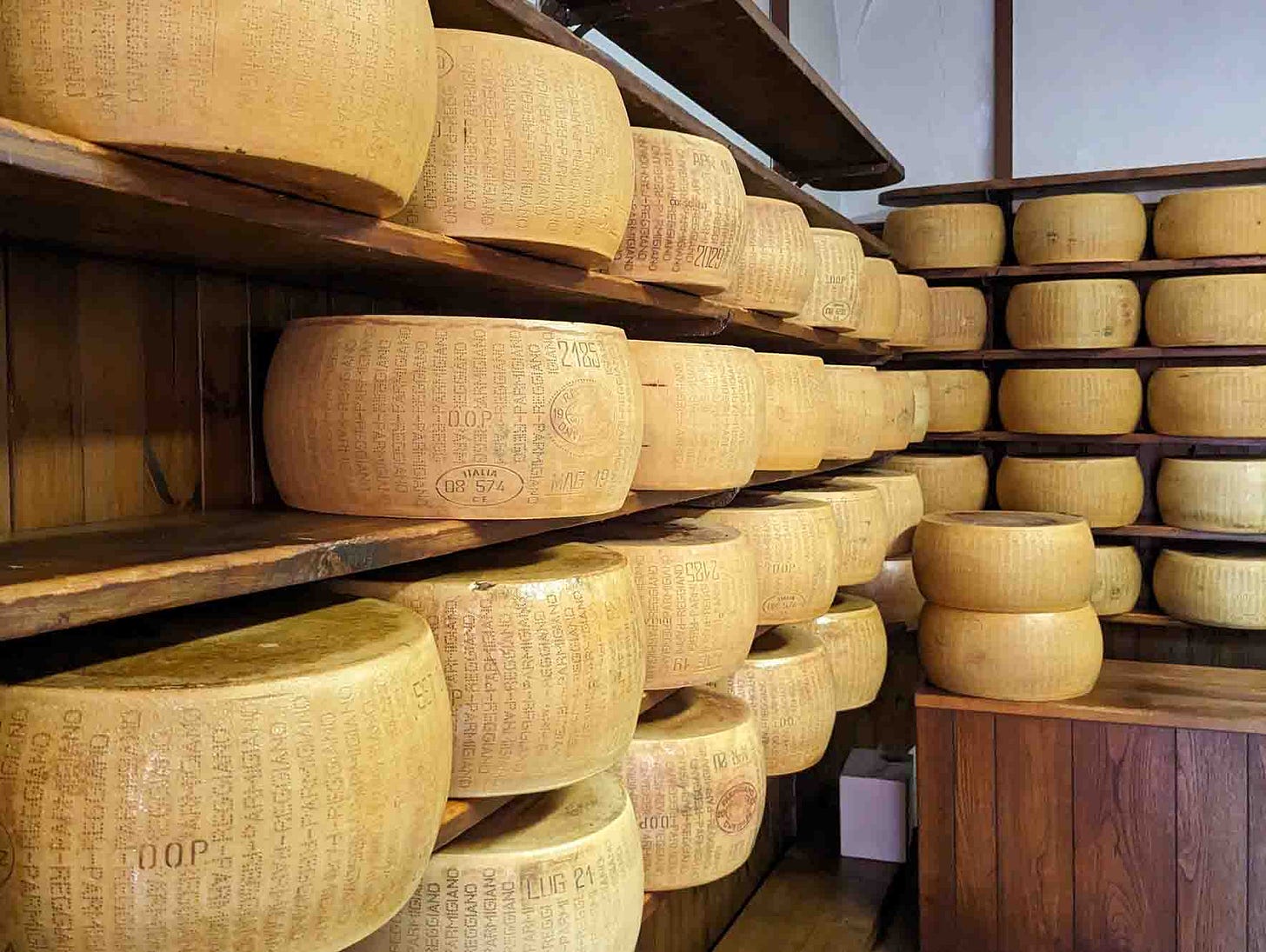
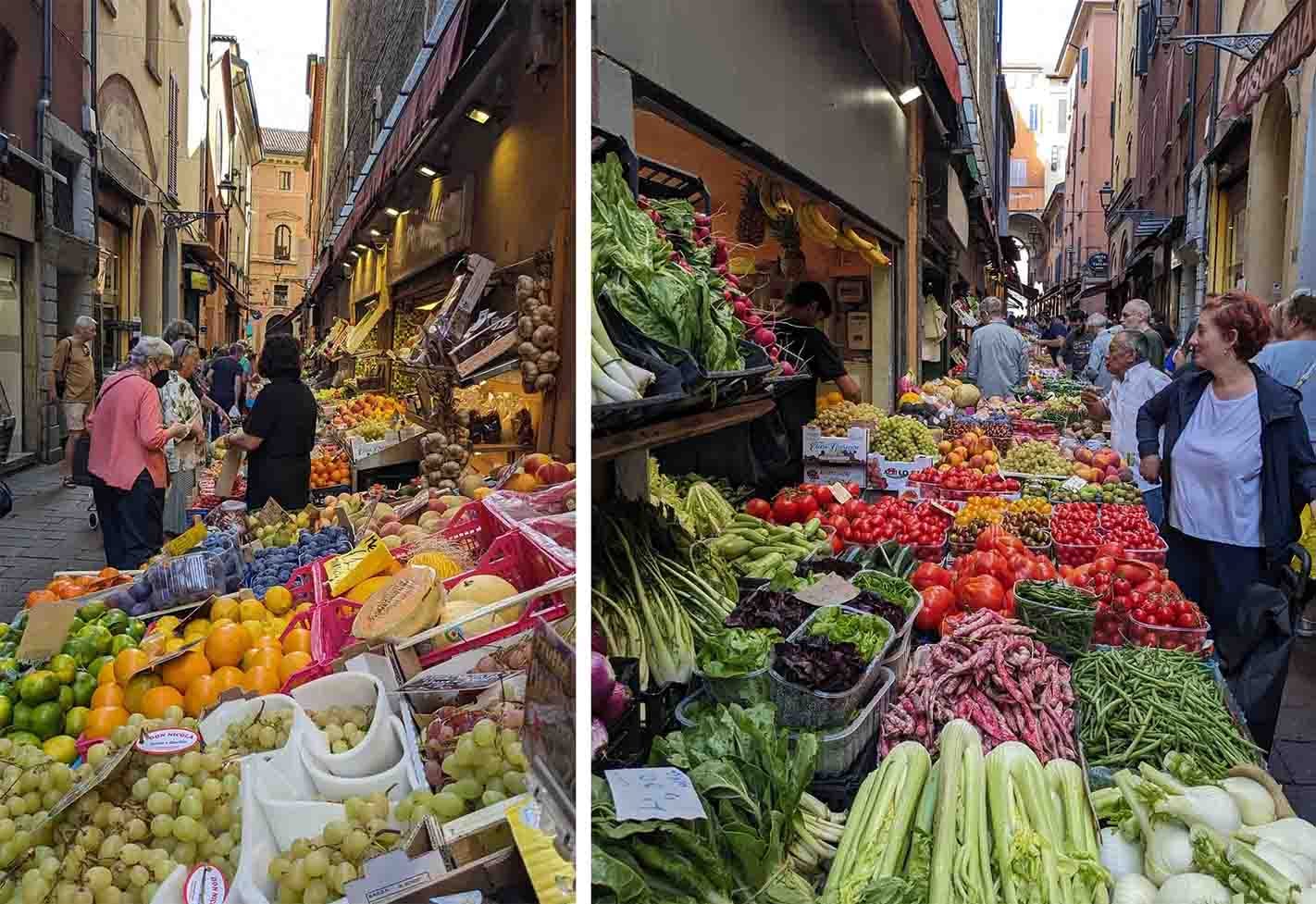
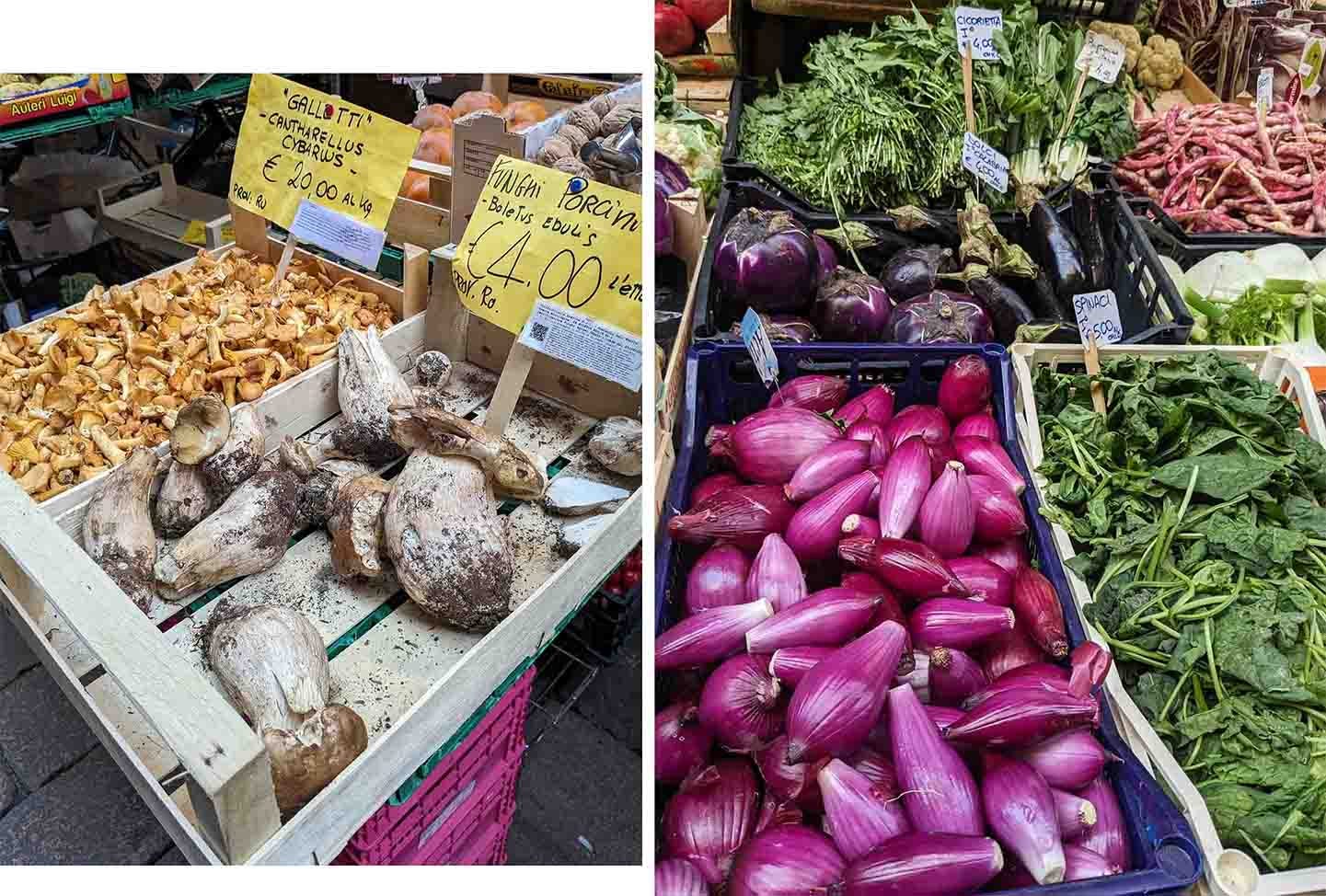
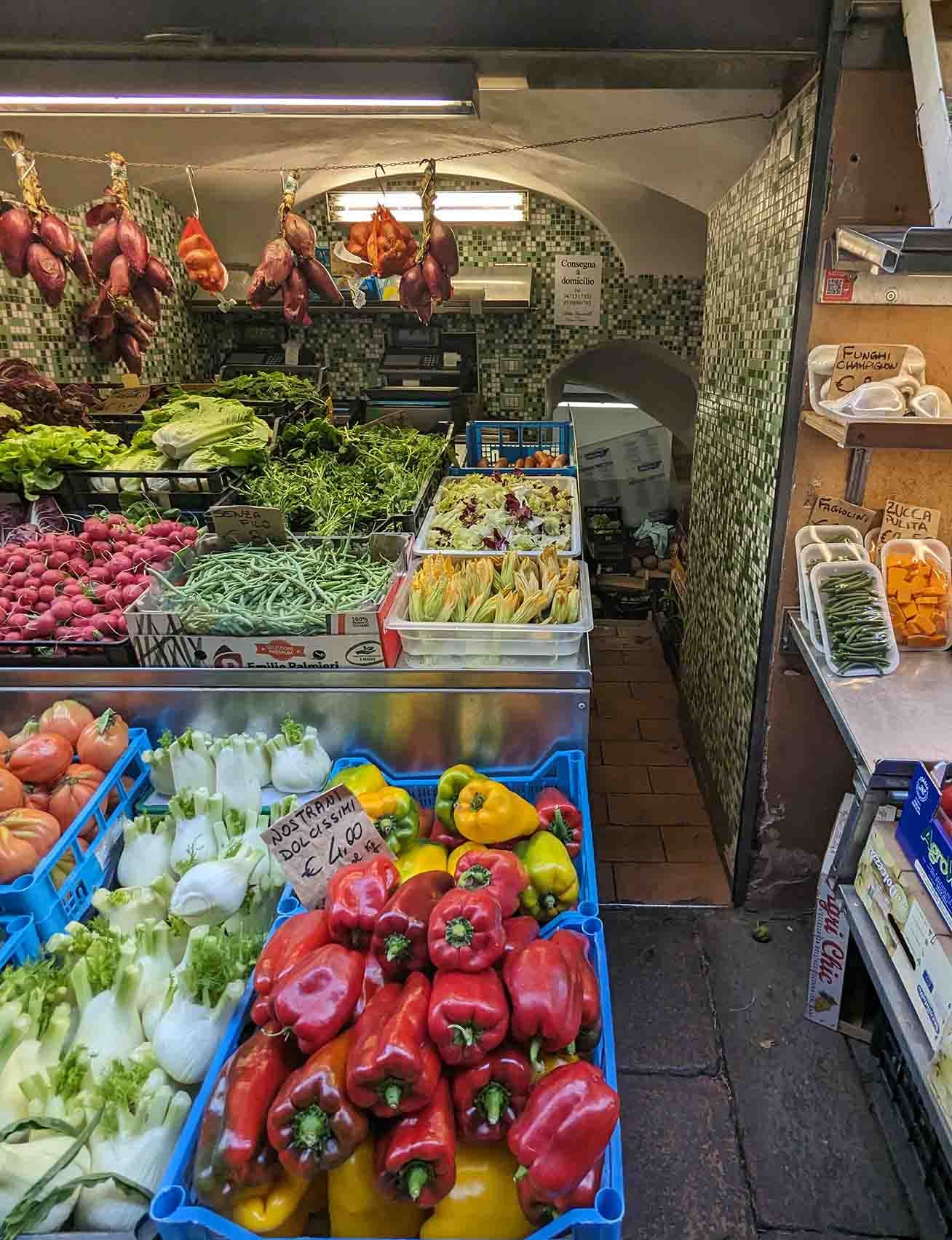
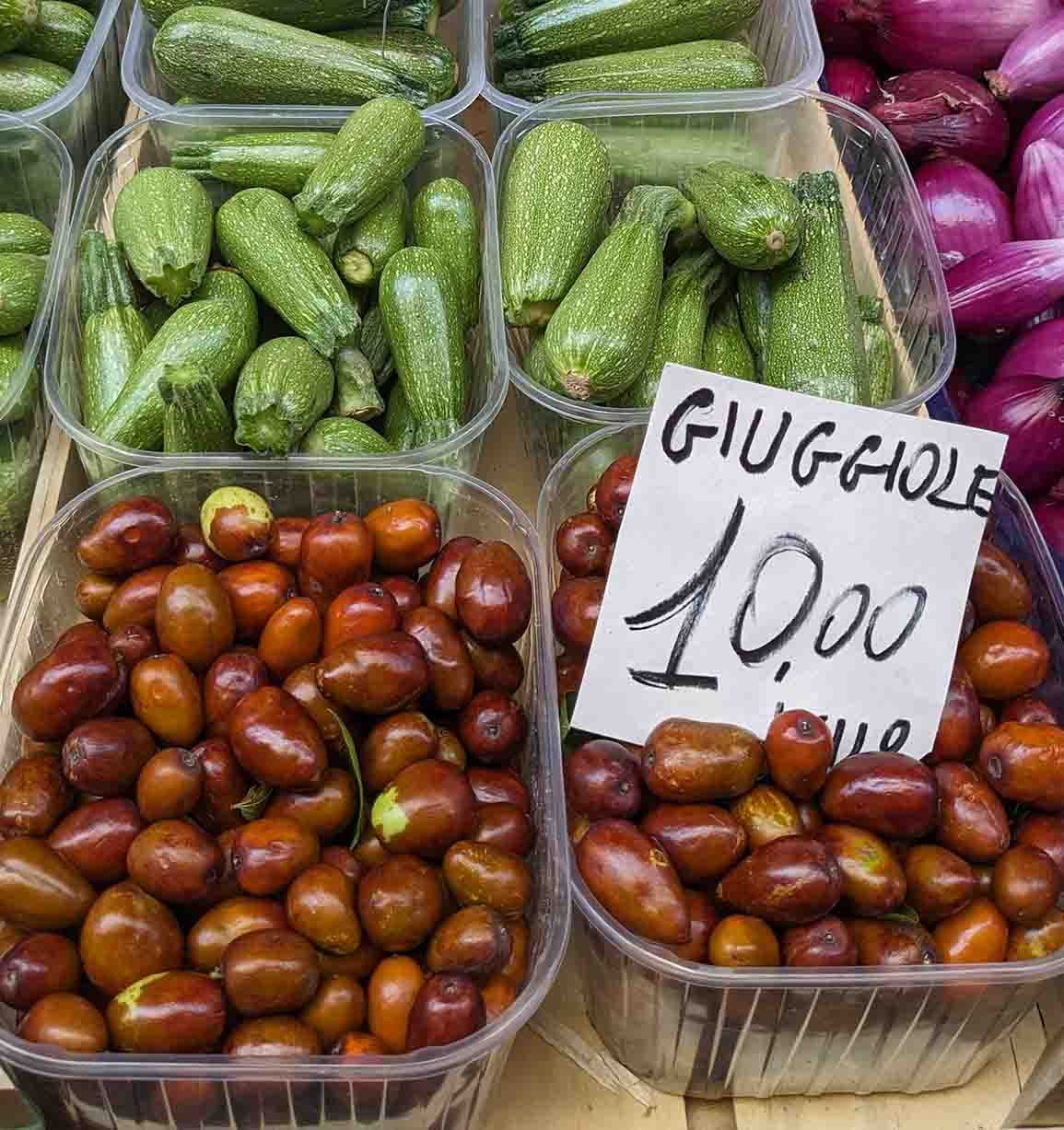
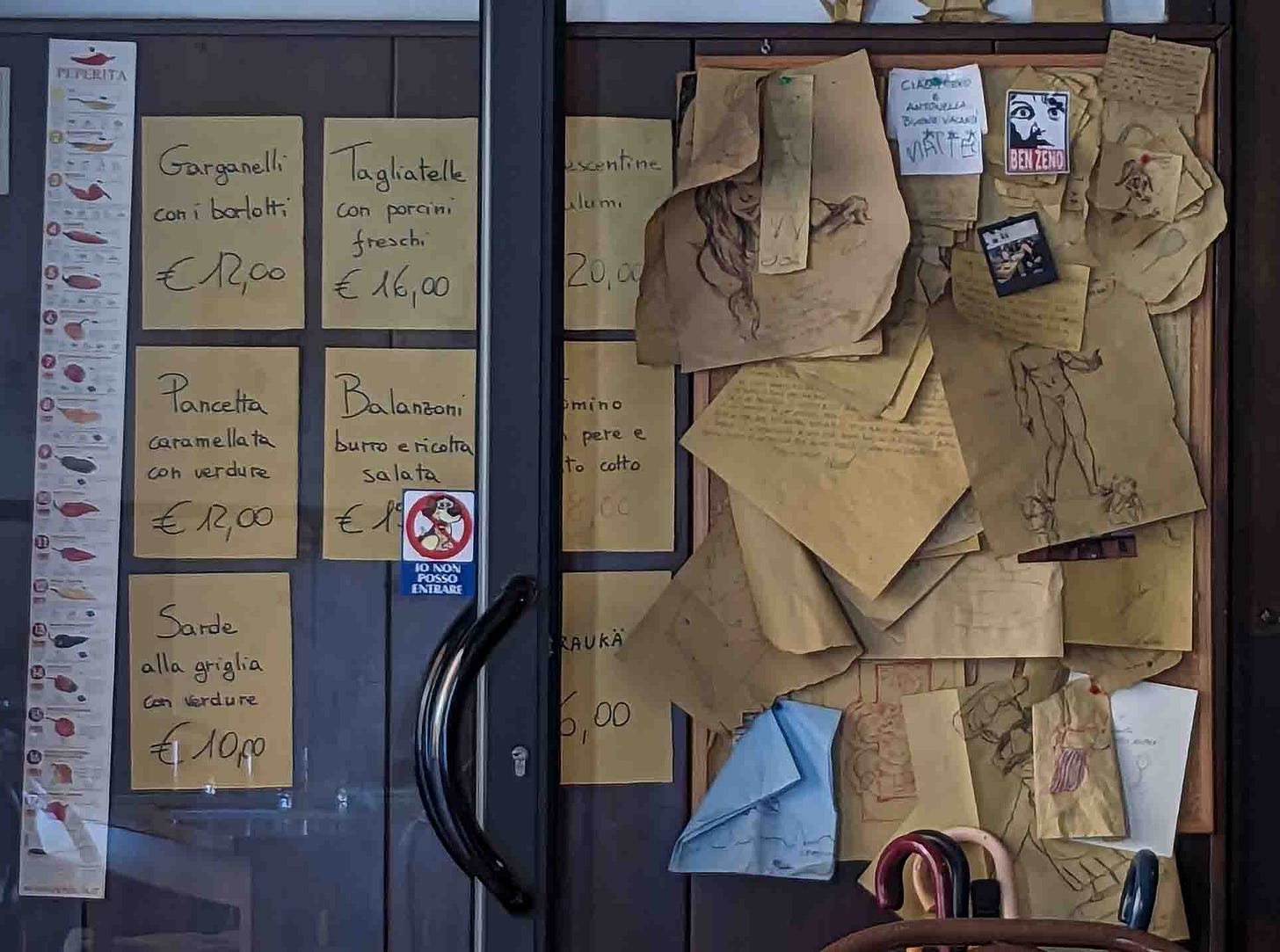
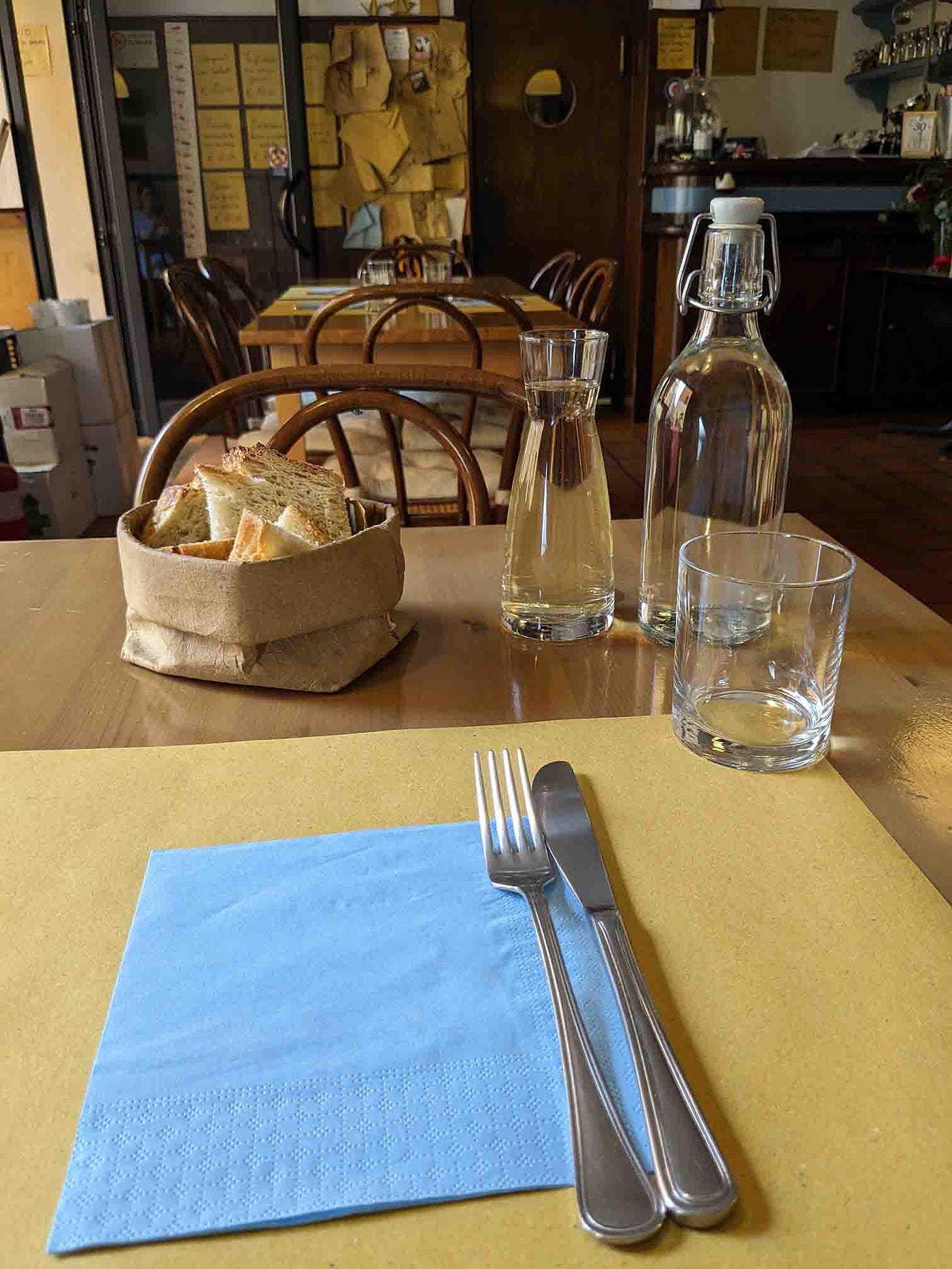
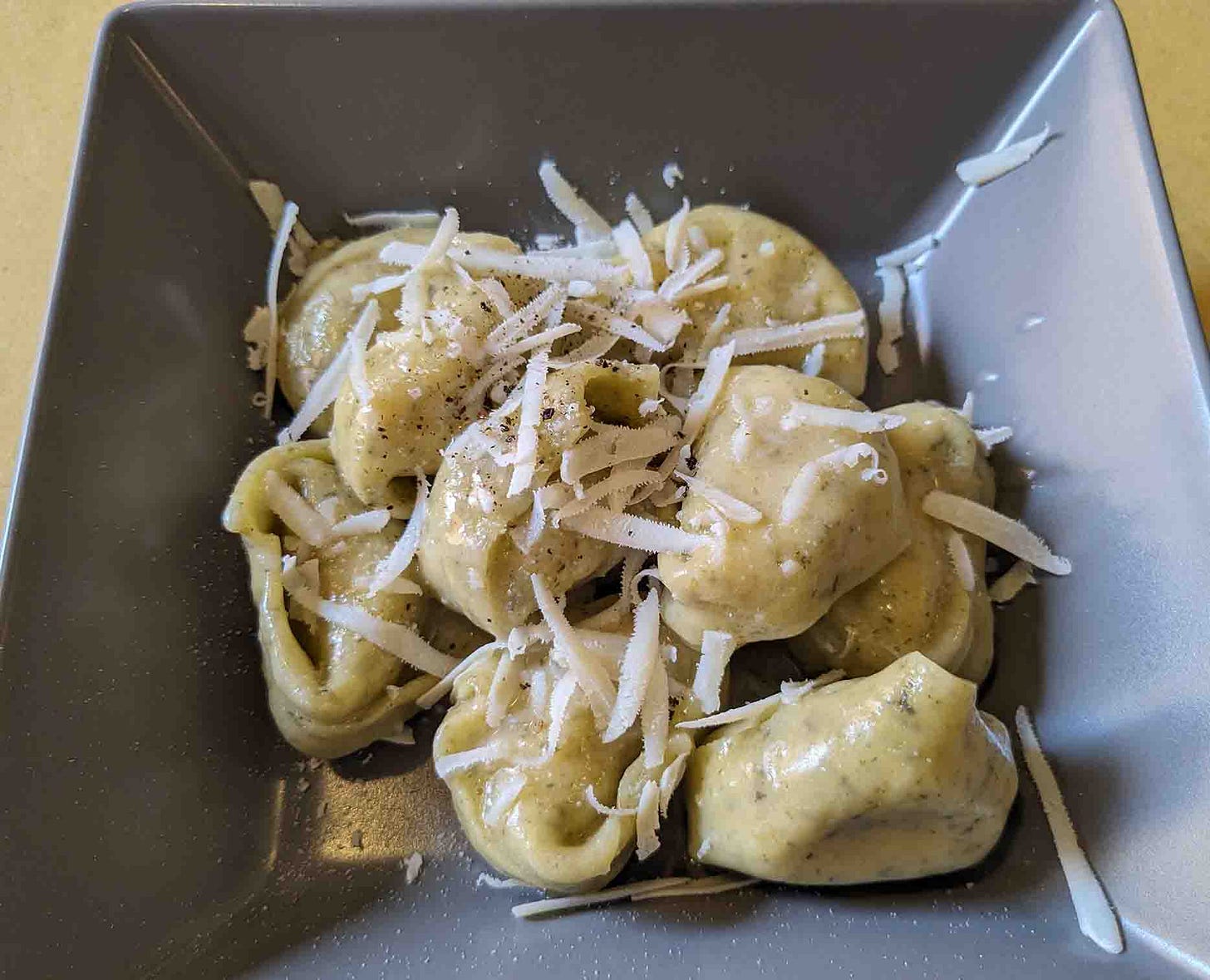
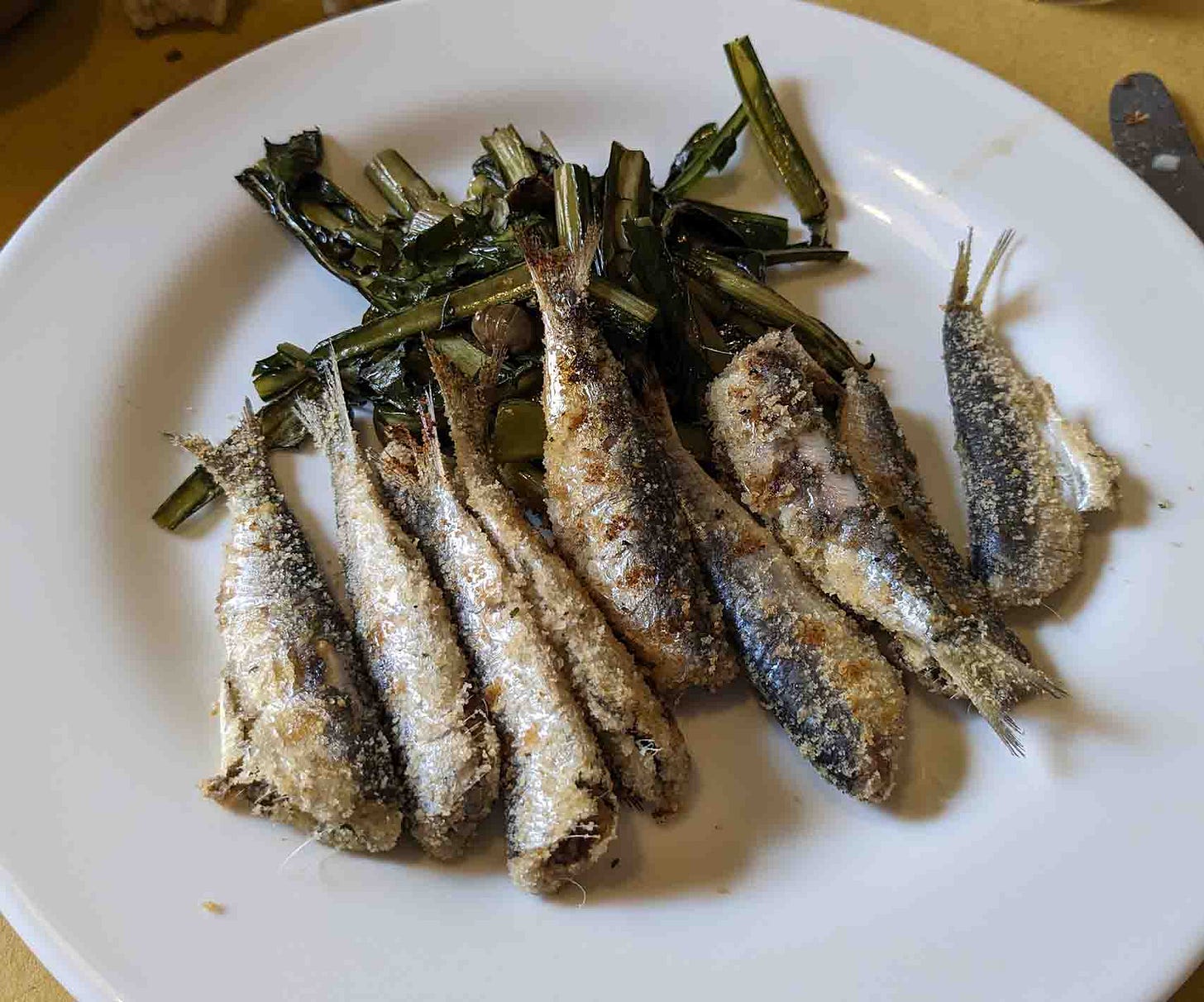
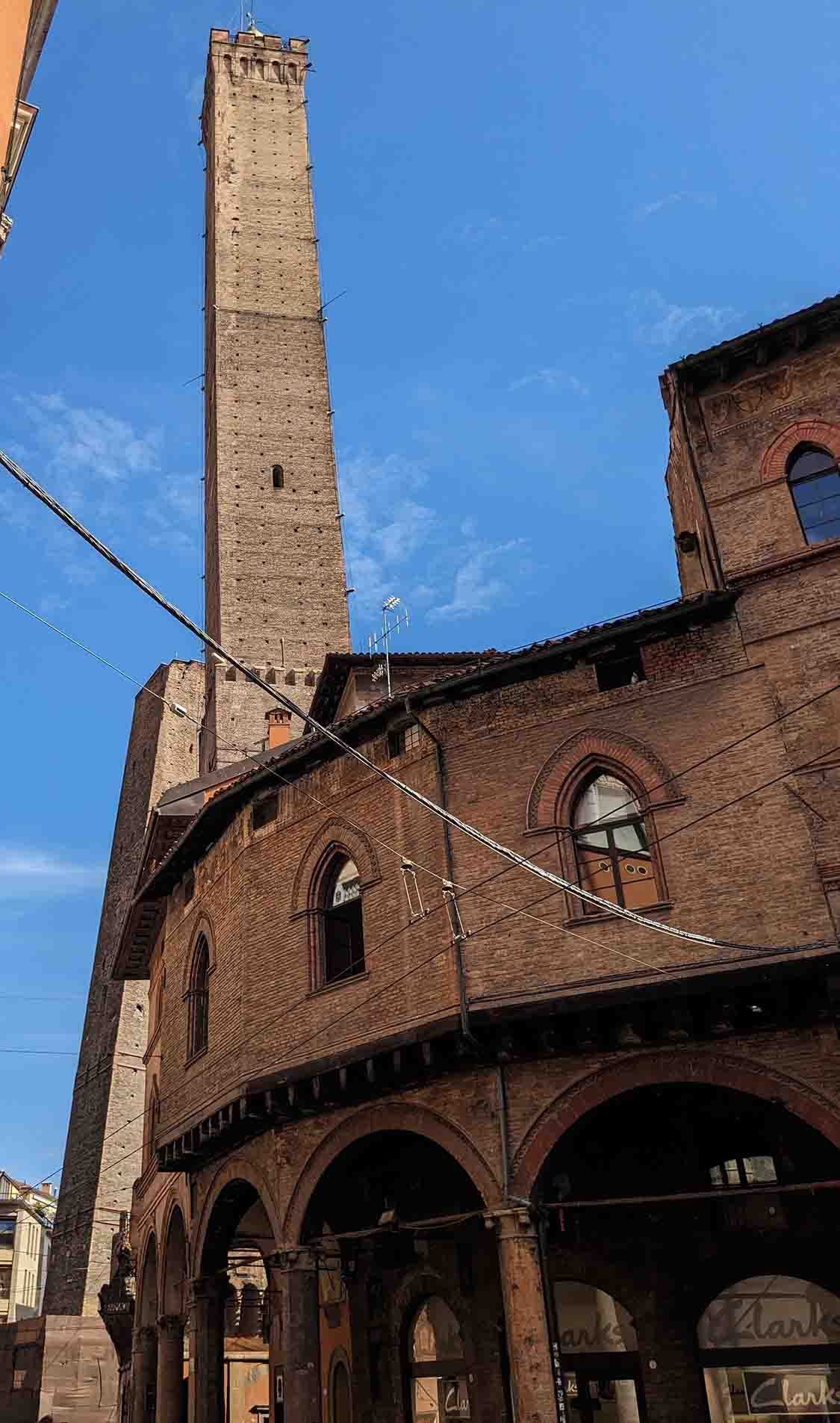
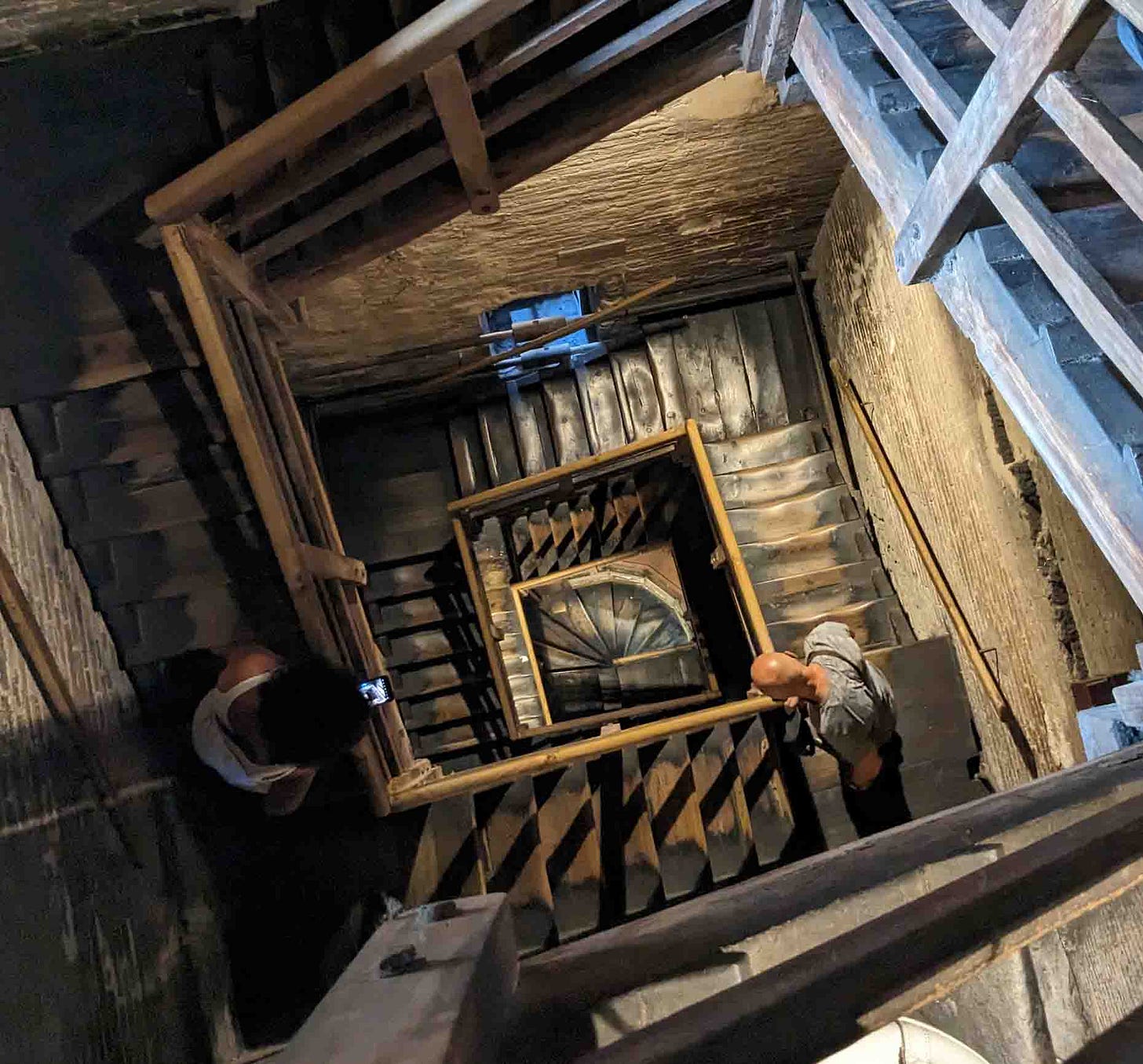



Amazing photos and narrative, Jean! One of these days, I would love to be able to study (and salivate over) all of this in a big book. Thanks for all that you put into this.
Thanks for the explanation about the different restaurant “levels”. I always wondered about that and have been confused, because as you said, sometimes it’s hard to see any difference due to owners choosing whatever classification they like!